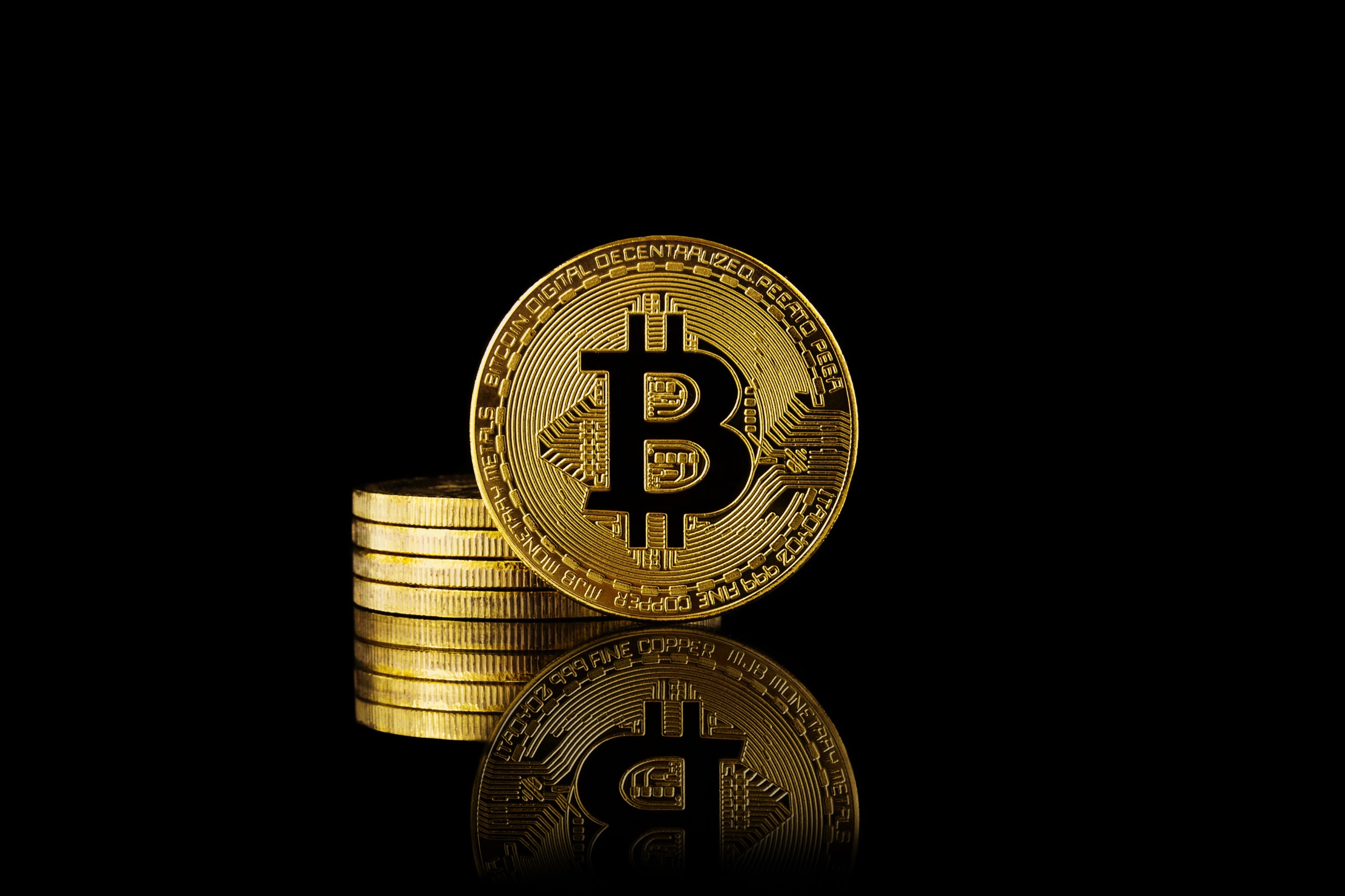Almost a million addresses have more than 1 bitcoin, half of the US median salary

Important takeaways
- The distribution of Bitcoin can be analyzed through the transparent nature of the blockchain
- Nearly 1 million addresses now have more than 1 Bitcoin, equivalent to $27,500, or half the US median annual salary
- When Bitcoin collapsed in price last year, falling 77% from top to bottom, the 1 Bitcoin barrier became much easier to achieve
The fun thing about the blockchain is that while it is impossible to know the identity of individuals or institutions behind a Bitcoin address, the distribution of the asset is readily available on the Internet for all to see.
This means we can study the distribution of coins across the network. For example, the largest holder of Bitcoin is its anonymous creator, Satoshi Nakamoto, with approximately 1 million coins, or over 5% of the entire supply.
However, by digging deeper, we can assess how many people own certain thresholds of Bitcoin. One goal in particular is about to be hit: there will soon be 1 million addresses with 1 Bitcoin or more.
The current number, as of May 8, 2023, is 997,919 addresses that contain 1 Bitcoin or more, equivalent to $27,500. With the median salary in the US at $56,400 per year, 1 Bitcoin is thus roughly half that – and much more in the most other countries.
To be clear, a Bitcoin address is not equal to one person, so this does not necessarily mean that 1 million people own 1 Bitcoin. Certain individuals have control over multiple Bitcoin addresses, while some addresses may belong to institutions or groups of people. But that’s the best approach we have, as we said above, it’s impossible to know the identity behind these addresses. We only have an alphanumeric code on the blockchain, which is the beauty of it.
The one million addresses represent just over 2% of the total number of non-zero addresses on the Bitcoin network.
“For a long time a Bitcoin was just a small amount of money. It was only ten years ago that it first passed the $100 mark. Then in 2017 it passed $10,000 for the first time. It’s remarkable to be sitting here now with almost one million addresses that contain at least one Bitcoin, despite how expensive it has become”, said Max Coupland, director of CoinJournal.
How does the distribution change when the price of Bitcoin moves?
Of course, Bitcoin’s price is incredibly volatile. Back in November 2021, the price of Bitcoin was almost $69,000, well ahead of the median salary in the United States. Since then, the asset’s price has collapsed. Despite a 66% rise so far this year, it’s still 60% off its peak.
Therefore, this has made it much more possible to own certain amounts of Bitcoin. Plotting the pattern of Bitcoin addresses holding more than 1 Bitcoin against the price of Bitcoin, there is a clear upward shift in the trajectory from the spring of 2022, when the price of Bitcoin began to crater downwards. This followed a period of leveling off during COVID when the price of Bitcoin went parabolic, rising from $7,000 at the start of 2020 to almost 10 times that amount by the end of 2021.
When comparing the growth in addresses holding 1 Bitcoin to total (non-zero) addresses on the network in the next chart, it can be seen that non-zero addresses have grown at a much more steady pace, with the fetching of addresses in early 2022 holding 1 Bitcoin or more that is not matched. This makes intuitive sense, as the world is on a dollar standard, and less dollars required to buy 1 Bitcoin means more people can hit the hurdle.
Despite the fact that the hurdle of owning more than 1 Bitcoin is becoming easier to achieve, it is still one a lot of money. If Bitcoin ever regains the levels it did during its pandemic boom, the trajectory of people reaching this elusive “whole coiner” status will once again diminish, as it simply won’t be possible. Of course, Bitcoin’s price could always go in the opposite direction, in which case it wouldn’t be such a difficult – or desirable – goal.
If you use our data, we would appreciate a link back to https://coinjournal.net. Crediting our work with a link helps us continue to bring you data analytics research.


